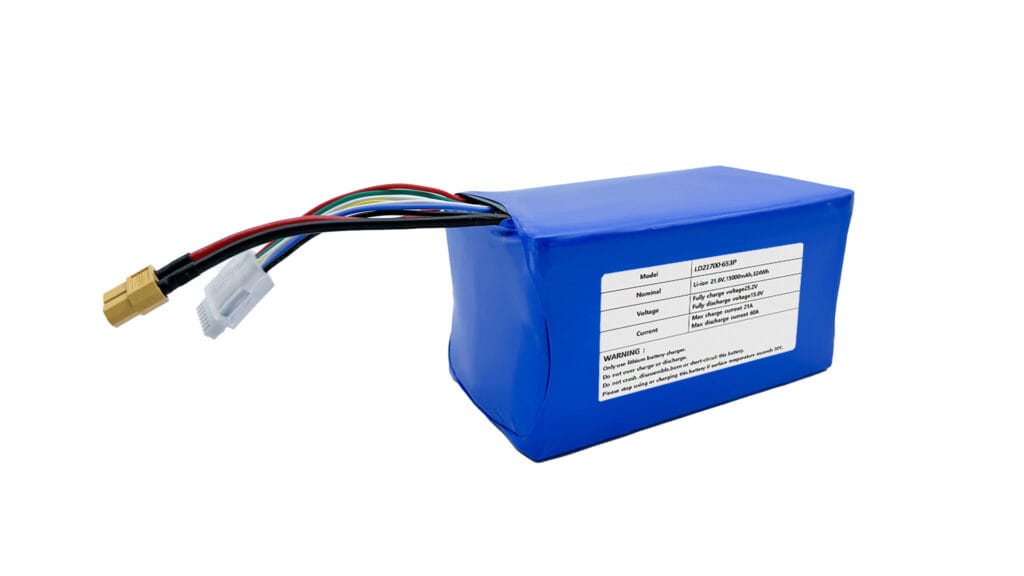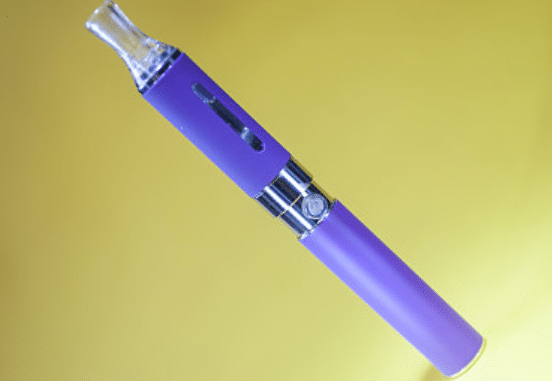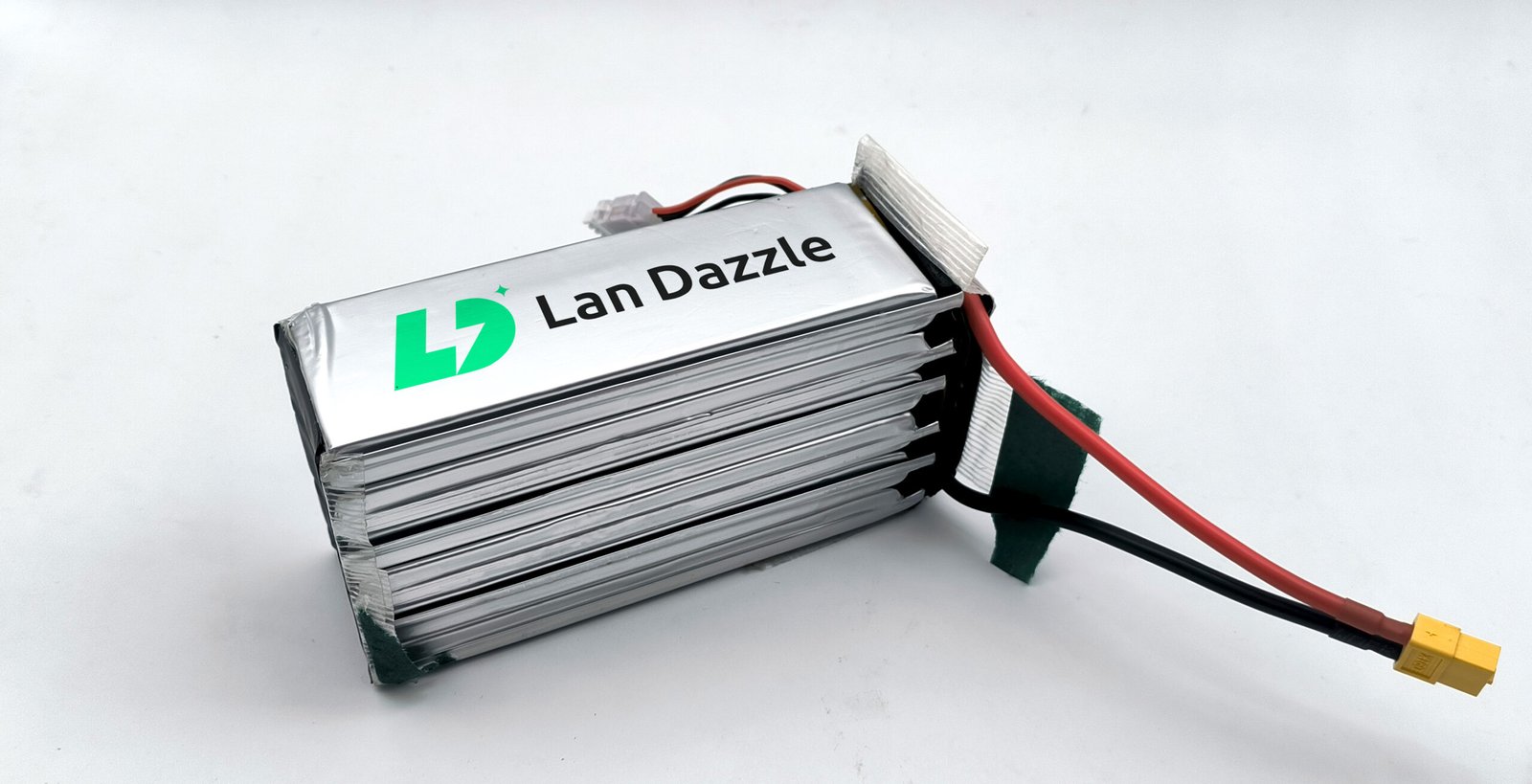In the demanding world of high-performance applications, from adrenaline-pumping RC racing to the precision of aerial drones, reliable power is the lifeblood of success. Whether you’re chasing the thrill of speed or capturing breathtaking aerial footage, the battery powering your device can make all the difference. Enter the Landazzle High Performance 3s Lipo Battery, a meticulously engineered power solution designed to meet the rigorous demands of enthusiasts and professionals alike. This isn’t just another battery; it’s a powerhouse built for exceptional power output, extended runtime, and unwavering reliability.
This comprehensive guide delves into the world of the 3s LiPo battery, exploring its technology, benefits, applications, and how to choose the right one for your needs. We’ll uncover why this battery stands out in a crowded market, providing the consistent and robust power required to push your equipment to its limits. Whether you’re a seasoned hobbyist or a professional relying on dependable power, this article will equip you with the knowledge to understand and leverage the full potential of the Landazzle High Performance 3s Lipo Battery.
What is a 3s LiPo Battery?
At its core, a 3s LiPo battery is a power source comprising three individual lithium polymer cells connected in series. The “3s” designation indicates this three-cell configuration. Each LiPo cell has a nominal voltage of 3.7 volts, meaning a 3s LiPo battery boasts a nominal voltage of 11.1 volts (3 cells x 3.7V). The voltage range of a typical 3s LiPo battery extends from a fully discharged state of around 9.0 volts (3.0V per cell) to a fully charged state of approximately 12.6 volts (4.2V per cell).
LiPo batteries, in general, are favored for their high energy density, meaning they can store a significant amount of energy for their size and weight, making them ideal for applications where minimizing weight and maximizing power are crucial. Their construction involves layers of thin polymer electrolytes sandwiched between positive and negative electrodes, allowing for flexible designs and high performance characteristics.
Applications of High-Performance 3s LiPo Batteries
High-performance 3s LiPo batteries power a diverse range of applications, including:
- Drones: From agile racing drones navigating complex courses at high speeds to freestyle drones performing acrobatic maneuvers and high-performance camera drones requiring sustained power for extended flight times, 3s LiPo batteries are the workhorse of the drone world. The high discharge rates allow for quick motor response and the power needed for demanding flight controllers and payloads.
- RC Cars and Trucks: In the realm of radio-controlled vehicles, high-performance 3s LiPo batteries provide the burst of power needed for rapid acceleration, impressive top speeds, and the torque required for challenging terrains. Whether it’s competitive racing or recreational “bashing,” these batteries deliver the energy for thrilling performance.
- Robotics: Many robotic projects, from small autonomous robots to larger, more complex systems, rely on the reliable and high-power delivery of 3s LiPo batteries to drive motors, actuators, and onboard electronics. Their high energy density and relatively lightweight nature make them ideal for mobile robots.
- FPV Goggles: Some high-end FPV (First-Person View) goggles also utilize 3s LiPo batteries for extended run times, ensuring pilots can enjoy uninterrupted flight sessions.
- DIY Electronics Projects: Hobbyists and makers often incorporate high-performance 3s LiPo batteries into various custom electronic projects requiring a compact yet powerful energy source.
Why Choose Landazzle High Performance 3s Lipo Battery?
The Landazzle High Performance 3s Lipo Battery isn’t just about voltage; it’s about delivering a superior power experience through carefully engineered features and benefits. One of the key differentiators is its high discharge rate, often indicated by a “C” rating. This rating signifies how quickly the battery can safely discharge its stored energy.
Complementing the high discharge rate is the battery’s high capacity, measured in mAh (milliamp-hours). Capacity determines how much total charge the battery can hold, directly impacting the runtime of your device. The Landazzle 3s battery is available in capacities ranging from 5000mAh to 10000mAh, allowing for extended periods of operation without frequent recharging.
Beyond performance, durability and longevity are paramount. Landazzle employs high-quality materials and rigorous construction processes to ensure the battery can withstand the vibrations, impacts, and demanding conditions often encountered in high-performance applications. This focus on quality translates to a longer lifespan, with a cycle life expectation of over 500 charge-discharge cycles.
Reliability and consistency are also hallmarks of the Landazzle brand. Each battery undergoes thorough testing to ensure consistent power delivery and minimize the risk of failure, giving you the confidence to push your equipment to its limits. Furthermore, safety is integrated into the design with built-in safety features such as overcharge protection, over-discharge protection, and short circuit protection, providing peace of 1 mind during use and charging.
Key Factors to Consider When Choosing a High-Performance 3s LiPo Battery
Selecting the right high-performance 3s LiPo battery involves careful consideration of several key factors:
- Capacity (mAh): Measured in milliamp-hours (mAh), capacity indicates the amount of electrical charge the battery can store. A higher mAh rating generally translates to longer run times. However, it’s essential to balance capacity with weight and size constraints, especially in applications like drones where excess weight can significantly impact flight performance and efficiency. For instance, a drone might benefit from a higher capacity battery for longer flight times, while a racing drone might prioritize a lighter battery for agility.
- Discharge Rate (C-rating): The C-rating is a crucial factor for high-performance applications. It indicates the rate at which the battery can safely discharge its capacity. For example, a 5000mAh battery with a 20C continuous discharge rating can safely deliver 100 amps of current (5Ah x 20C = 100A). High-performance applications often require C-ratings of 50C or higher to provide the necessary power for demanding motors and systems. It’s vital to choose a C-rating that meets or exceeds the requirements of your device’s Electronic Speed Controller (ESC) and motors.
- Voltage: As discussed earlier, a 3s LiPo battery has a nominal voltage of 11.1V. Ensure that this voltage is compatible with your application’s power system. Incorrect voltage can lead to damage or malfunction.
- Size and Weight: Physical dimensions and weight are critical, especially in weight-sensitive applications like drones. Always check the specifications of your device to ensure the battery fits properly and doesn’t exceed weight limitations. Compact and lightweight high-performance 3s LiPo batteries are often preferred for agility and speed.
- Connector Type: LiPo batteries come with various connector types (e.g., XT60, EC3, Deans). Ensure that the battery connector matches the connector on your device’s power system. Using mismatched connectors can lead to inefficient power transfer or even damage. Adapters can be used, but it’s generally best to have matching connectors.
- Brand Reputation and Reviews: Opting for batteries from reputable manufacturers known for their quality and reliability is crucial. Reading online reviews and seeking recommendations from experienced users can provide valuable insights into the performance and longevity of different brands and models. Established brands often adhere to stricter quality control standards, ensuring better performance and safety.
- Internal Resistance: Lower internal resistance allows for more efficient power delivery and less heat generation. High-performance batteries typically boast low internal resistance, contributing to better overall performance and longer lifespan.
- Hard Case vs. Soft Case: Hard-case batteries offer better physical protection against impacts, making them suitable for applications like RC cars that might experience rough handling. Soft-case batteries are generally lighter, which can be advantageous for drones where weight is a critical factor.
Maintenance and Safety Tips for 3s LiPo Batteries
Proper maintenance and adherence to safety guidelines are paramount for maximizing the lifespan and ensuring the safe operation of 3s LiPo batteries:
- Charging: Always use a LiPo-specific balance charger. Balance charging ensures that each cell within the battery is charged to the same voltage, which is crucial for battery health and performance. Avoid fast charging unless your battery is specifically rated for it, and never exceed the recommended charging rate (typically 1C, meaning charging at a current equal to the battery’s capacity in one hour). Overcharging can lead to overheating, swelling, and even fire.
- Discharging: Avoid discharging your 3s LiPo battery below 3.0 volts per cell (9.0V total). Over-discharging can cause irreversible damage to the battery. Many ESCs have a low-voltage cutoff feature to prevent this. For long-term storage, discharge the battery to the storage voltage of around 3.8 volts per cell (approximately 11.4V total).
- Storage: Store LiPo batteries in a cool, dry place away from direct sunlight and flammable materials. Ideally, store them in a fireproof LiPo safe bag or container to mitigate the risks in case of a battery failure. Avoid storing fully charged batteries for extended periods.
- Handling: Handle LiPo batteries with care. Avoid dropping, puncturing, or crushing them. Never short-circuit the battery by allowing the positive and negative terminals to come into contact.
- Monitoring: During charging and use, periodically monitor the battery’s temperature. If it becomes excessively hot, discontinue use or charging immediately and allow it to cool down in a safe place.
- Disposal: Damaged or end-of-life LiPo batteries should be disposed of properly according to local regulations. Many hobby shops and battery recycling centers accept LiPo batteries for safe disposal. Do not simply throw them in the regular trash.
Conclusion
High-performance 3s LiPo batteries are the driving force behind countless exciting and innovative applications. Their ability to deliver significant power in a compact and lightweight package makes them indispensable for drones, RC cars, robotics, and beyond. By understanding the key factors to consider when selecting these batteries and adhering to proper maintenance and safety practices, enthusiasts and professionals can unlock the full potential of their projects while ensuring longevity and safety. Choosing the right battery is an investment in performance and reliability, allowing you to push the boundaries of what’s possible.
FAQ
- What does the “3s” in a 3s LiPo battery mean?
The “3s” indicates that the battery pack contains three individual lithium polymer cells connected in series. This configuration results in a higher overall voltage, with each cell contributing its nominal voltage of 3.7V, totaling 11.1V for the pack.
- What is the ideal voltage range for a 3s LiPo battery?
The ideal voltage range for a 3s LiPo battery during operation is typically between 9.0V (fully discharged) and 12.6V (fully charged). The nominal voltage is 11.1V. For long-term storage, it’s best to keep the voltage around 11.4V (approximately 3.8V per cell). - What C-rating should I choose for my racing drone?
For racing drones, a high C-rating is crucial for quick bursts of power and agility. Look for batteries with a continuous discharge rate of 75C or higher. Some racers even opt for 100C or more to ensure maximum performance. - How do I properly charge a 3s LiPo battery?
To properly charge a 3s LiPo battery, use a dedicated LiPo balance charger. Set the charger to the correct cell count (3s) and a charge rate of 1C (or lower if recommended by the manufacturer). Always balance charge to ensure each cell is charged evenly. - What is the best way to store a 3s LiPo battery when not in use?
The best way to store a 3s LiPo battery is at a storage voltage of around 3.8V per cell (11.4V total) in a cool, dry place, ideally within a LiPo safe bag or container. Avoid storing fully charged or fully discharged batteries for extended periods.
- How long will a 3s LiPo battery last?
The lifespan of a 3s LiPo battery depends on various factors, including the quality of the battery, how it’s used and maintained, and the number of charge/discharge cycles it undergoes. With proper care, a good quality battery can last for several hundred cycles. - What are the safety precautions I should take when using 3s LiPo batteries?
Key safety precautions include using a proper LiPo charger, avoiding overcharging and over-discharging, storing batteries safely, never short-circuiting them, and discontinuing use if the battery becomes damaged or excessively hot.





